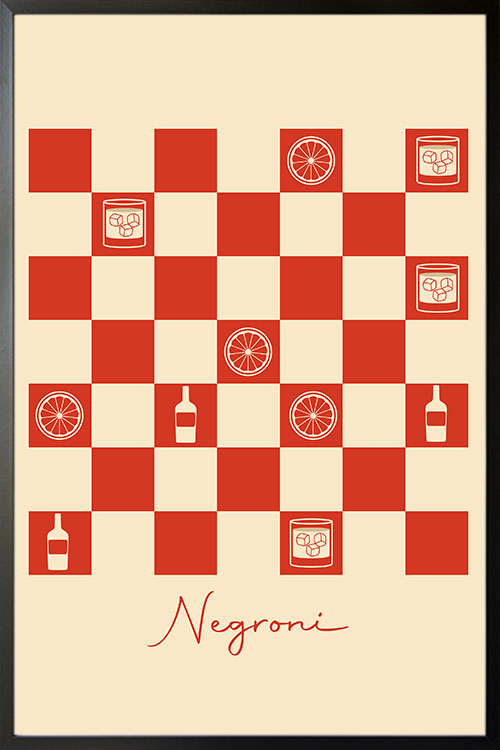
A captivating art print that encapsulates the bold and sophisticated character of the Negroni, a classic Italian cocktail. The design will combine vibrant colors and sleek elements to reflect the Negroni’s distinct taste and rich history.

A captivating art print that encapsulates the bold and sophisticated character of the Negroni, a classic Italian cocktail. The design will combine vibrant colors and sleek elements to reflect the Negroni’s distinct taste and rich history.
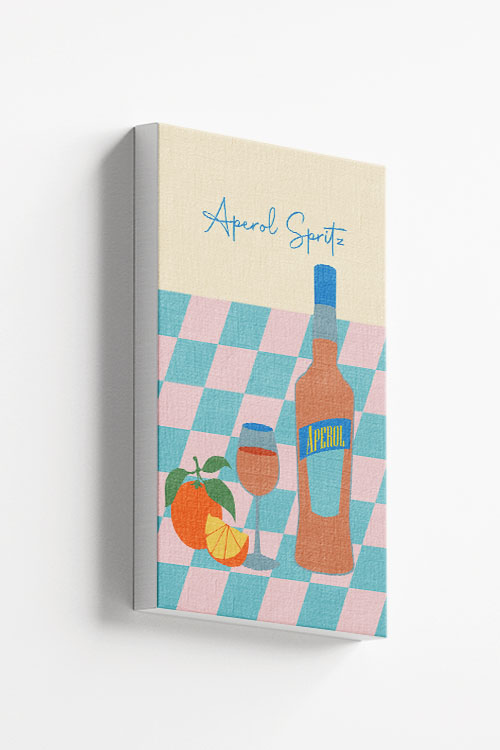
A canvas print that captures the refreshing and effervescent spirit of the Aperol Spritz, a quintessential Italian aperitif. This design will feature vibrant colors and elegant elements to reflect the drink’s lively and sophisticated character.
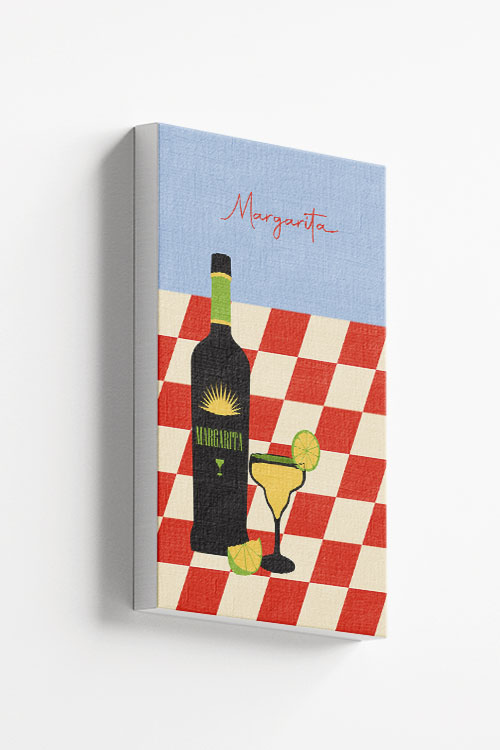
A lively and refreshing canvas print that captures the vibrant spirit of the Margarita, a quintessential cocktail that evokes thoughts of sunny beaches and festive gatherings. This design will incorporate bright colors and playful elements to reflect the Margarita’s fun and energetic character.
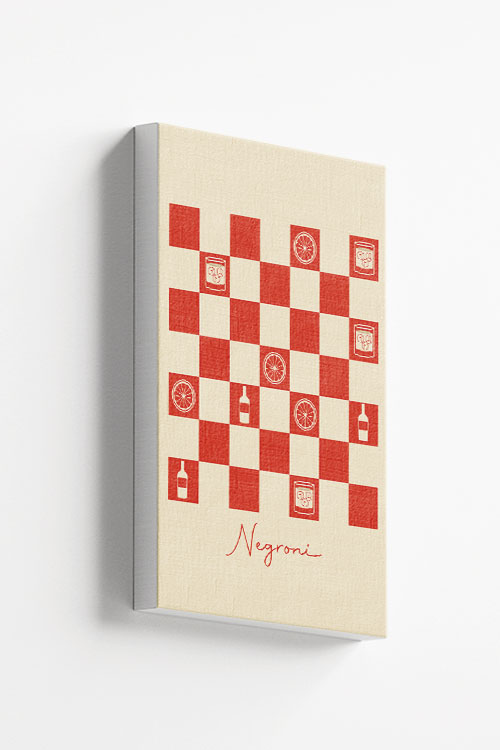
A captivating canvas print that encapsulates the bold and sophisticated character of the Negroni, a classic Italian cocktail. The design will combine vibrant colors and sleek elements to reflect the Negroni’s distinct taste and rich history.
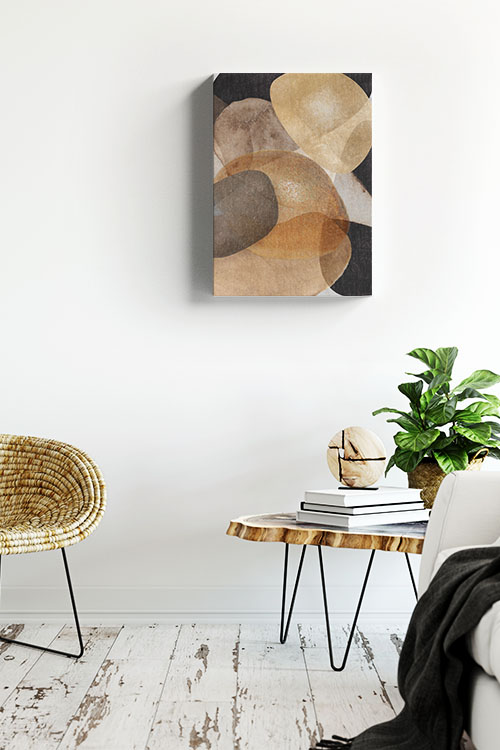
The future of interior decoration in the Philippines is poised to be dynamic and evolving, driven by cultural influences, technological advancements, and global trends. Here are some key aspects that could shape the future of interior decoration in the Philippines:
There is a growing emphasis on sustainable living and eco-friendly materials, making interior designers more responsible and eco-conscious. They will likely use recycled, upcycled, and locally sourced materials, and green building practices and energy-efficient designs will become more prevalent.
The integration of innovative technology in homes is expected to rise. This includes smart lighting, climate control, security systems, and appliances that can be controlled remotely. Interior designs will need to accommodate these technologies seamlessly.
Philippine interior design will continue to blend traditional Filipino elements with modern aesthetics, fostering a sense of cultural connection. This includes the use of indigenous materials like bamboo and rattan, as well as design motifs that reflect Filipino heritage.
The trend towards minimalistic and functional design is likely to grow. This approach emphasizes simplicity, clean lines, and practical use of space, which is essential in urban settings with limited space.
Customization and personalization will become more significant, making homeowners feel unique and special. They will seek unique, personalized spaces that reflect their tastes and lifestyles. This might include bespoke furniture, customized color schemes, and unique decor.
Incorporating nature into interior spaces, known as biophilic design, will gain popularity. This can involve the use of natural light, indoor plants, water features, and natural materials to create a connection with nature.
VR and 3D modeling in interior design will become more widespread. This technology will allow clients to visualize and experience their spaces before implementation, enabling more accurate planning and design adjustments.
There will be a greater focus on designs that promote health and wellness. This includes ergonomic furniture, air purification systems, and designs that maximize natural light and ventilation.
Repurposing and transforming old buildings and spaces for new uses will be an essential trend. This approach preserves historical structures and provides sustainable and innovative design solutions.
As work-from-home and hybrid work models continue, there will be a demand for both functional and aesthetically pleasing home offices and collaborative spaces.
The future of interior decoration in the Philippines will blend traditional influences, modern technology, and sustainable practices, creating beautiful and functional spaces.
Wall decorating trends in 2024 reflect a diverse blend of styles, colors, and materials, showcasing the evolving tastes of homeowners and designers. This year, the emphasis is on creating personalized and sustainable environments that echo individual stories and preferences. Here’s a closer look at some key trends shaping the world of wall decor in 2024.
This year, there’s a strong inclination towards incorporating natural elements into wall decor. Homeowners are increasingly drawn to wood, stone, and natural fibers. Wooden wall panels, reclaimed wood shelves, and stone accent walls bring warmth and organic beauty to interiors. Botanical prints and nature-inspired wallpapers are also popular, reflecting a desire to bring the outdoors inside and create a calming, serene atmosphere.
Minimalism continues to influence wall decorating significantly. Clean lines, simple shapes, and a focus on functionality characterize this trend. The minimalist approach often involves a neutral color palette, which helps to create a sense of space and light. White walls, for instance, provide a blank canvas that can be accented with carefully chosen decor pieces, such as monochromatic artwork or sleek, modern shelves. This trend appeals to those who prefer a clutter-free and serene living environment.
Contrasting the minimalist trend, bold colors and patterns are making a solid comeback in 2024. Vibrant hues like deep blues, rich greens, and striking yellows create accent walls that add personality and energy to a room. Geometric patterns and abstract designs are also popular, providing a modern and dynamic look. These elements can be introduced through wallpapers, painted murals, or large-scale artworks, making a statement and transforming any space into a focal point.
Gallery walls remain a beloved trend, allowing for a highly personalized and artistic display of photographs, paintings, and other memorabilia. This trend encourages creativity, as endless ways exist to arrange and combine pieces. Mixing different frame styles, sizes, and colors can create a visually exciting and cohesive display. Gallery walls are not limited to living rooms; they are also becoming popular in bedrooms, hallways, and bathrooms, adding character and a personal touch to any home area.
Texture is a crucial element in 2024’s wall decorating trends. Textured wallpapers, fabric wall hangings, and 3D wall panels add depth and interest to flat surfaces. These elements can create a tactile experience that enhances a room’s aesthetic. For example, a woven tapestry can bring a sense of warmth and comfort, while a metallic or embossed wallpaper can add a touch of luxury and sophistication.
Statement murals are a bold and artistic way to decorate walls in 2024. Large-scale artworks, whether painted directly onto the wall or applied as wallpaper, can serve as a stunning focal point in a room. Murals can depict anything from abstract designs and landscapes to personal stories and cultural themes, offering a unique way to express creativity and individuality.
Sustainability is a growing concern, reflected in wall decorating trends. Eco-friendly materials, such as recycled wood, non-toxic paints, and sustainable wallpapers, are increasingly popular. Homeowners are more conscious of their decor choices’ environmental impact and opt for beautiful, sustainable products. This trend not only supports the environment but also promotes healthier living spaces.
In conclusion, the wall decorating trends of 2024 are a testament to the diversity and dynamism of interior design. From natural elements and minimalist aesthetics to bold colors and sustainable choices, these trends offer something for everyone, allowing homeowners to create stylish spaces that reflect their values.
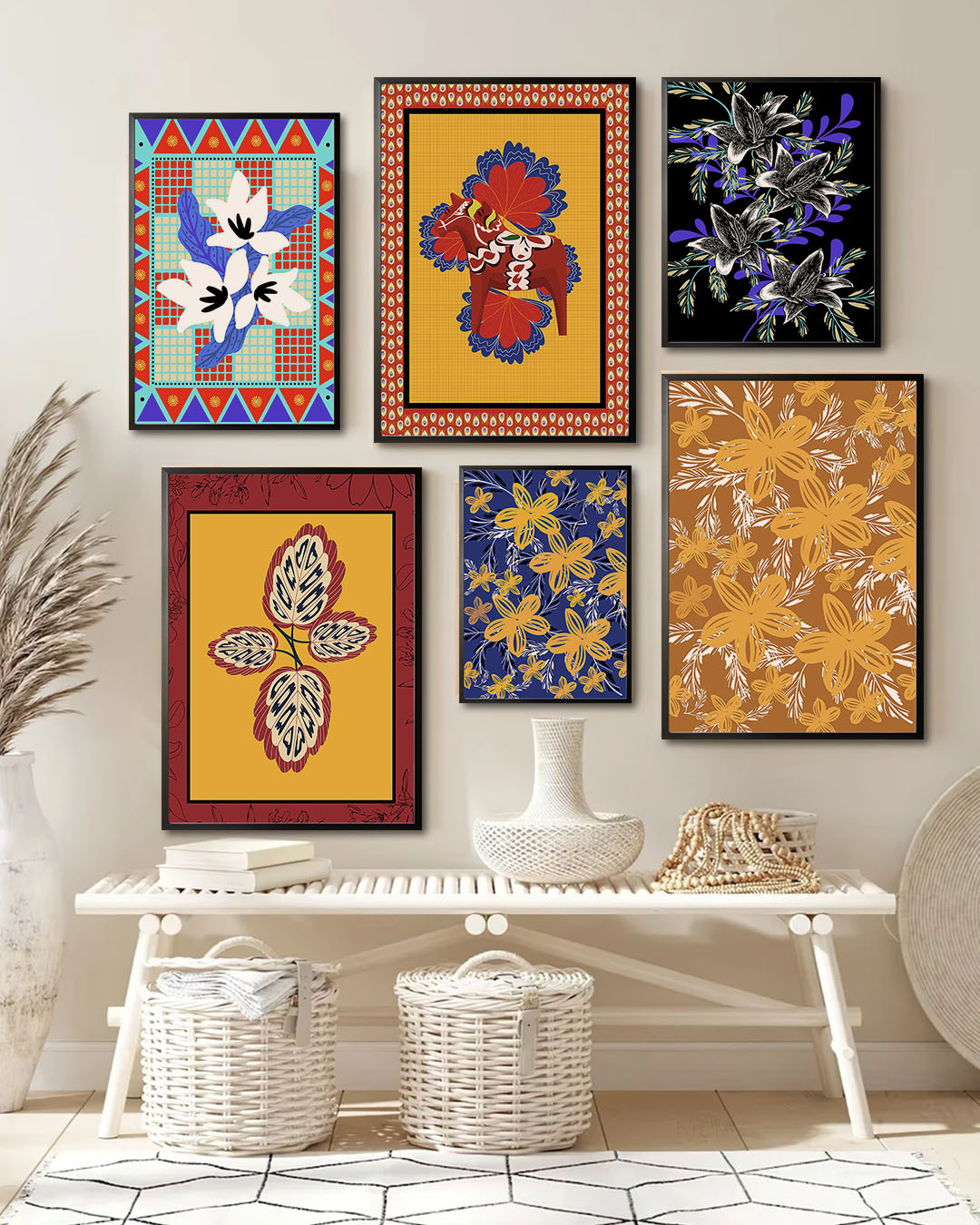
Interior decorating has a rich history that reflects cultural, technological, and social changes over centuries. From ancient times to modern trends, the evolution of interior decorating has been shaped by diverse influences, including architectural styles, societal norms, and technological advancements. Here’s a brief history of interior decoration and how it is useful today.
Throughout history, interior decorating has been integral to creating functional and aesthetically pleasing living spaces. In ancient civilizations like Egypt and Mesopotamia, interior design served practical and symbolic purposes. Palaces and temples were adorned with intricate carvings, colorful murals, and luxurious textiles, showcasing the wealth and power of rulers. These early designs emphasized grandeur and divine connections, setting a precedent for using interior spaces to communicate status and cultural values.
The classical era of Greece and Rome introduced a more structured approach to interior decoration. Architecture and design became intertwined, with columns, frescoes, and mosaics adorning wealthy homes. The emphasis shifted towards balance, proportion, and harmony, influenced by philosophical ideals of beauty and order. Roman villas, for instance, featured elaborate frescoes depicting mythological scenes, creating immersive and inspiring environments.
During the Middle Ages in Europe, interior decorating evolved within the context of feudal society and religious beliefs. Castles and monasteries were built for defense and worship, and their interiors reflected hierarchical structures and religious iconography. Decorative elements such as tapestries, carved woodwork, and stained glass windows conveyed religious narratives and provided warmth in often stark stone buildings.
The Renaissance marked a revival of classical ideals and a renewed interest in humanism and artistic expression. Interior decorating in wealthy Renaissance homes showcased opulence through fine art, sculpture, and elaborate furnishings. Rooms were designed to harmonize with the natural world, integrating gardens and courtyards into living spaces. Italian villas epitomized Renaissance ideals with their symmetrical layouts, frescoed ceilings, and carefully curated collections of antiquities.
The Baroque and Rococo periods of the 17th and 18th centuries introduced more extravagant and theatrical interior styles. Baroque interiors were characterized by grandeur, dynamic movement, and dramatic contrasts of light and shadow. Palaces and aristocratic homes featured ornate stucco work, gilt mirrors, and sumptuous textiles, emphasizing the power and wealth of their owners. Conversely, Rococo embraced asymmetry, pastel colors, and playful motifs, creating whimsical and intimate spaces for social gatherings and leisure.
The Industrial Revolution in the 19th century brought significant changes to interior decorating. Technological innovations enabled mass production of furniture and textiles, making stylish decor more accessible to the burgeoning middle class. Victorian interiors were characterized by ornate furnishings, heavy draperies, and eclectic collections of curiosities, reflecting the era’s fascination with exoticism and materialism.
The 20th century witnessed a revolution in interior design influenced by modernist simplicity, functionality, and innovation principles. Movements like Art Deco, Bauhaus, and Mid-Century Modernism redefined interior decorating, emphasizing clean lines, geometric forms, and new materials like steel and glass. Functionality became paramount, with designs promoting efficiency and practicality in response to changing lifestyles and social norms.
Modern interior decorating continues evolving with a blend of historical influences and contemporary innovations. Eclectic styles mix vintage finds with modern elements, reflecting individual tastes and global influences. Sustainability and technology play increasingly important roles, with eco-friendly materials and smart home devices shaping how homes are designed and decorated.
In conclusion, the history of interior decorating is a testament to human creativity, cultural diversity, and evolving tastes. From ancient civilizations to modern trends, interior design has reflected and shaped our lives, providing functional spaces and expressions of identity, culture, and aspiration within our homes.
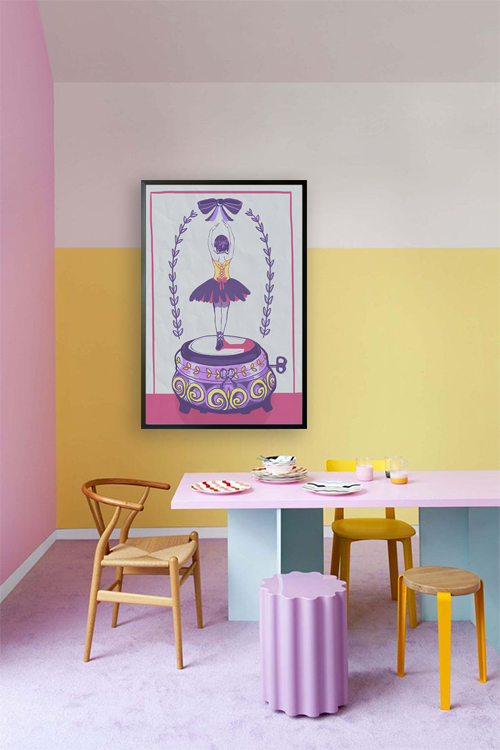
Styling your home involves combining aesthetics and functionality to create a beautiful and comfortable space. Here are some tips on how to style your home effectively:
Combine different patterns (e.g., stripes, florals, geometrics) and textures (e.g., velvet, silk, linen) in your furnishings (pillows, curtains, rugs) to add depth and visual interest to your rooms.
Create a gallery wall with art prints, photographs, and other decor. Vary the frame styles and sizes for a more eclectic look, or keep them uniform for a cleaner aesthetic.
Use accent lighting such as table lamps, floor lamps, or wall sconces to create ambient lighting and highlight specific areas or features in a room.
Invest in a statement piece of furniture (e.g., an ornate armchair or a vintage cabinet) that serves as a focal point in the room and reflects your style.
Incorporate indoor plants or fresh flowers to bring life and color into your space. Choose plants that complement your decor style and vary their sizes and types for added visual interest.
Strategically place mirrors to reflect light and create the illusion of more space. Choose mirrors with decorative frames or opt for mirrored furniture.
Layer area rugs to define spaces within a room or to add warmth and texture to bare floors. Mix different textures and patterns to create a visually appealing look.
Consider using wallpaper or removable wall decals to add a pattern or a focal point to a wall without committing to permanent changes.
Choose curtains or drapes in a bold color or pattern to add drama to your windows and complement your overall decor theme.
Display items that reflect your personality and interests, such as travel souvenirs, handmade crafts, or vintage finds, to add a unique touch to your home.
Remember, the key to stylish home decor is balancing different elements, reflecting your taste, and creating a comfortable and inviting environment.

Creating a personalized poster for your dad can be a thoughtful and creative gift. Here are some steps and ideas to help you design a meaningful and unique poster:
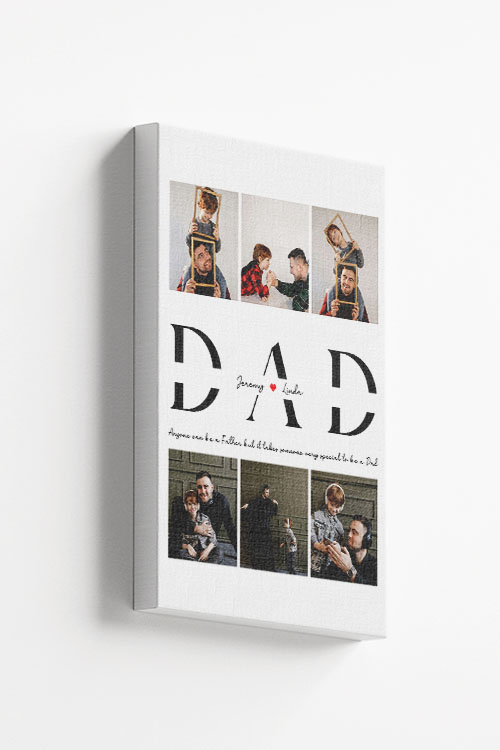
Decorating your home for Father’s Day can be a fun and meaningful way to show appreciation for the fathers in your life. Here are some ideas for decorations and activities:
By incorporating these ideas, you can create a festive and heartfelt atmosphere that makes Father’s Day extra special for the father figure in your life.